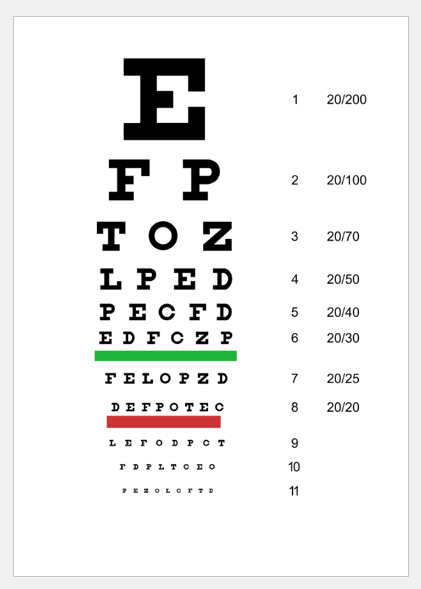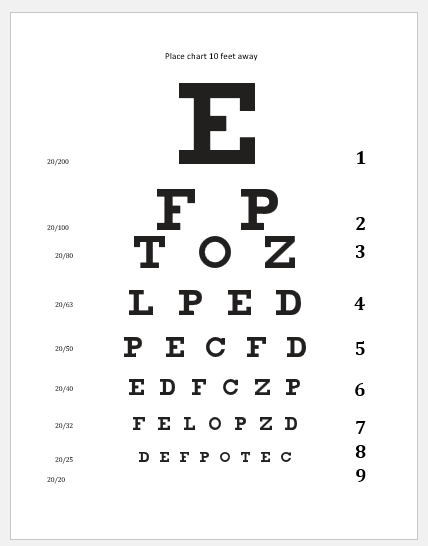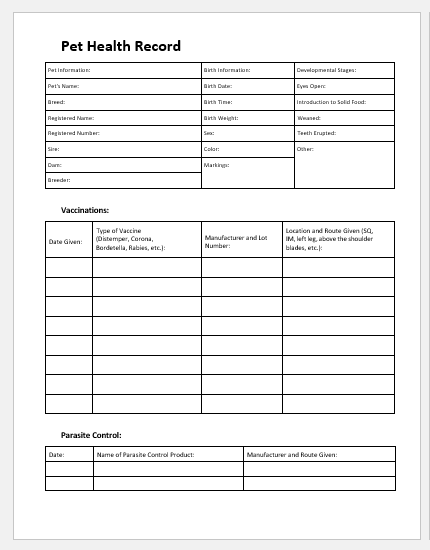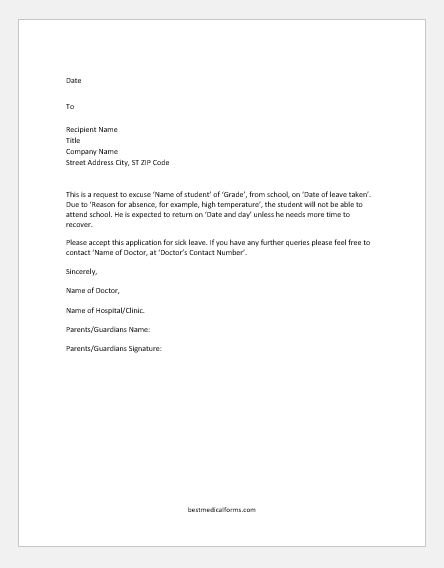Eye examination also termed ophthalmological examination is a set of very extensive steps which checks a number of abilities of our eyes. It involves checking the visual acuity, the field of vision, and a detailed examination of the eyes starting from eyelids, eyelashes, and glands of eyelids, nasolacrimal duct, and eyeball.
Eyeball has a number of structures and chambers made up of many sensory and non-sensory layers. The cornea which is responsible for vision apart from the lens examined, the retina is examined, and many layers and vessels are all examined in the eye examination.
Visual acuity
The first step in the eye examination is checking the visual acuity. By visual acuity, we mean how clearly an eye sees from a certain distance. It helps a person to look into the objects with details without effort or external lenses. Normal visual acuity is written as 6/6 for each eye. This means a person can visualize and differentiate clearly from a distance of six feet or 20 feet.
Snellen chart for visual acuity
Snellen’s chart was devised in the mid-nineteenth century to check visual acuity during an eye examination.
Setup for a Snellen chart
- Snellen’s chart consists of eleven lines and in each line, different alphabets are written. The first line has the largest single alphabet for example E is written. The second line consists of two alphabets and the size is smaller than the first line letter. Similarly, the third line has more alphabets in even smaller sizes, and so on until the last row has the smallest size of the alphabet.
- In place of English alphabets, they can also have alphabets from the local language and even the shapes of animals. It is for the convenience of people who can’t read English or are illiterate to even read.
- This Snellen’s chart often made in the form of a lighted box is placed at a distance of six feet from the patient. In some clinics, due to lack of space, a mirror is placed at a distance of three meters and a virtual distance of six meters is created.
- Each eye is examined separately, and the patient is asked to close one eye and read the lines with the open eye. This helps in checking the visual acuity of the individual eye.
- If the patient reads all the lines without hurdle, his acuity is labeled as 6/6 for that eye. If for example, he is unable to read the fourth line and requires lenses or contracts his eyes to make a tunnel vision and focus to read, his acuity is labeled as 4/6 for that eye, and needs glasses for better vision.
- The distant or near vision is checked by refraction and another test is held for that.
- Visual acuity gives us a good idea about the quality of vision of our patient and is a very easy and quick method to check vision.
- Apart from a doctor, any technician or optometrist can perform this test and further evaluation is done by the doctor.




